Memorial Service
This summer my family and I participated in a memorial service at Smith Family Cemetery in Historic Nauvoo for the martyrdom of the Prophet Joseph Smith and his brother Hyrum Smith (June 27, 1844).1
The service included prayer, music, scriptures, and quotes all crafted into a dramatic retelling of that fateful June-day when a prophet and a patriarch were murdered.
The service was wonderful, but it made me wonder: Why do people still tell the story of Joseph and Hyrum’s death? It happened so long ago; why does it matter today?
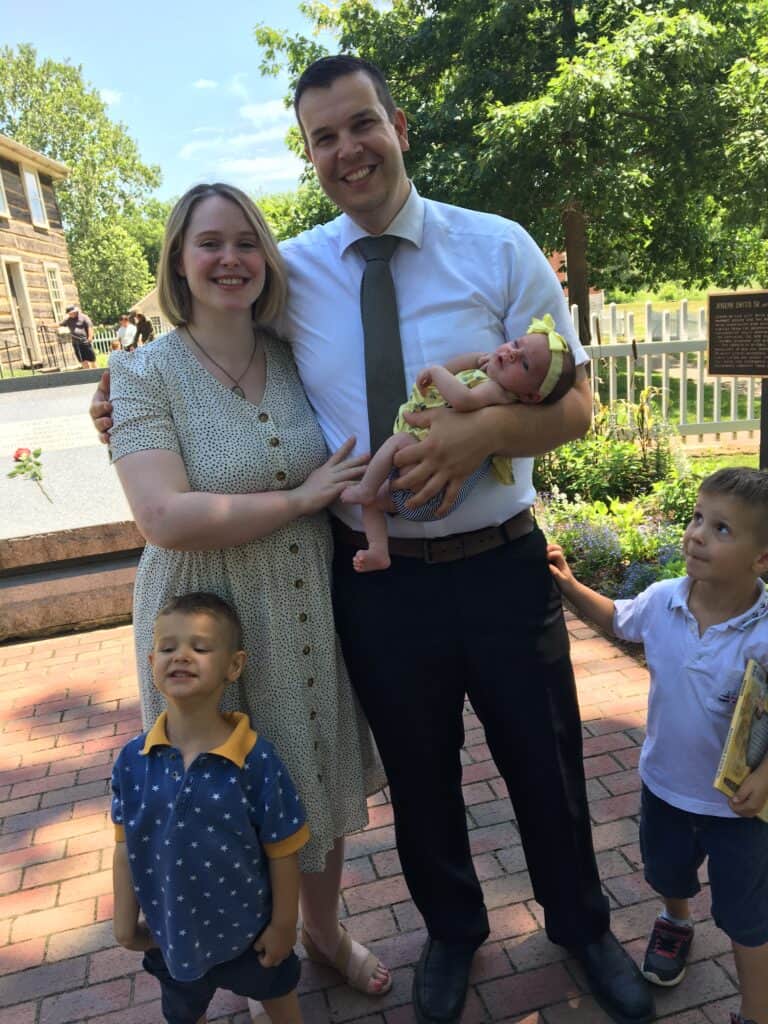
Let’s rewind to 1844
As the threat of mob violence escalated in Nauvoo, the brothers were forced to decide if they should hide from their enemies or give themselves up.
Joseph asked:
“You are the oldest, what shall we do?”
“Let us go back and give ourselves up and see the thing out,” replied Hyrum.
“If you go back, I will go with you, but we shall be butchered,” Joseph said.
“No, no; let us go back and put our trust in God and we shall not be harmed. The Lord is in it. If we have to die, we will be reconciled to our fate.”2

The brothers were imprisoned in Carthage. They met their fate together as a mob surrounded the jail and unleashed gunfire. After they were killed, their bodies were returned to Nauvoo and their family came together to grieve.
Their mother, Lucy Mack Smith, wrote:
After the [bodies of Joseph and Hyrum] were washed and dressed in their burial clothes, we were allowed to see them. I had for a long time braced every nerve, roused every energy of my soul and called upon God to strengthen me, but when I entered the room … , it was too much; I sank back, crying to the Lord in the agony of my soul, “My God, my God, why hast thou forsaken this family!”3
Relentless Grief
I can’t say that I understand the depth of that family’s sorrow, but I can say that I know grief.
The memory of my mother’s death is so vivid. I only have to think of it and suddenly I’m there—I’m back in that moment of acute loss. It felt like a star exploded in my heart and a black hole formed to take its place.
Why did Hyrum say, “The Lord is in it?” In these black-hole moments, how do we find the sun?
It has taken me years to come to terms with my mother’s death. Just when I think, “I’m better. I can handle it now,” suddenly something happens that cues that sense of loss and I’m back again. The grief, still acute. The danger, still imminent.

Finding Hope
I recently read about an experience with loss from General Primary President Susan H. Porter.
“Do not dwell on what you have lost. Remember the miracles,” she says.4
I agree.
We can’t let our darkest moments pave the pathways of our lives. We have to seek for the good in our past and in our present and let that brightness guide us.
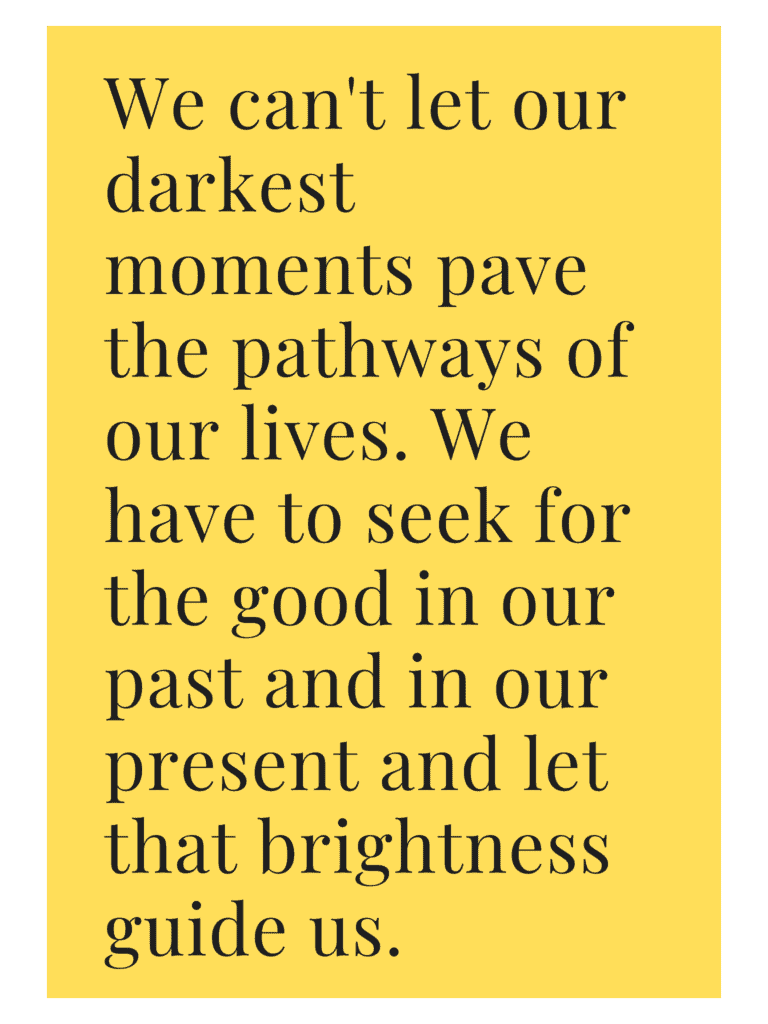
Love & Light
So why do we still tell the story of Joseph and Hyrum’s death?
After Lucy Mack Smith cried out in grief, she continues:
“As I looked upon their peaceful, smiling countenances, I seemed to almost hear them say: mother, weep not for us; we have overcome the world by love.”5
That’s is why we tell their story. It’s not about the darkness of their death. It’s about the love and the light they left behind. 178 years after their martyrdom that light burns bright because it is the light that comes from the Son. The Son of God.
“But there is a resurrection, therefore the grave hath no victory, and the sting of death is swallowed up in Christ. He is the light and the life of the world; yea, a light that is endless, that can never be darkened; yea, and also a life which is endless, that there can be no more death.” (Mosiah 16: 8-9)
As for me, my mom finds ways to show me she’s still looking out for me. Heavenly Father has sent me answers to my prayers about her death.
I can’t let myself forget.
She’s not gone.
She’s still my mom now and forever. I have Jesus Christ to thank for that.
How has your faith in Christ helped you overcome grief? Add your comment below.
Citations:
1. Service of Remembrance. Joseph Smith Historic Site, Nauvoo, Illinois, June 27, 2022. “This service of remembrance brings together participants from three different Latter Day Saint fellowships: Community of Christ, the Restoration Branches, and the Church of Jesus Christ of Latter-day Saints.” Thank you to volunteer John-Charles Duffy for organizing this event!
2. Joseph Smith History, 1838–1856, volume F-1 [1 May 1844–8 August 1844], 317 (josephsmithpapers.org)
3. Lucy Mack Smith, History, 1845, 312-313 (josephsmithpapers.org)
5. Lucy Mack Smith, History, 1845, 312-313 (josephsmithpapers.org)

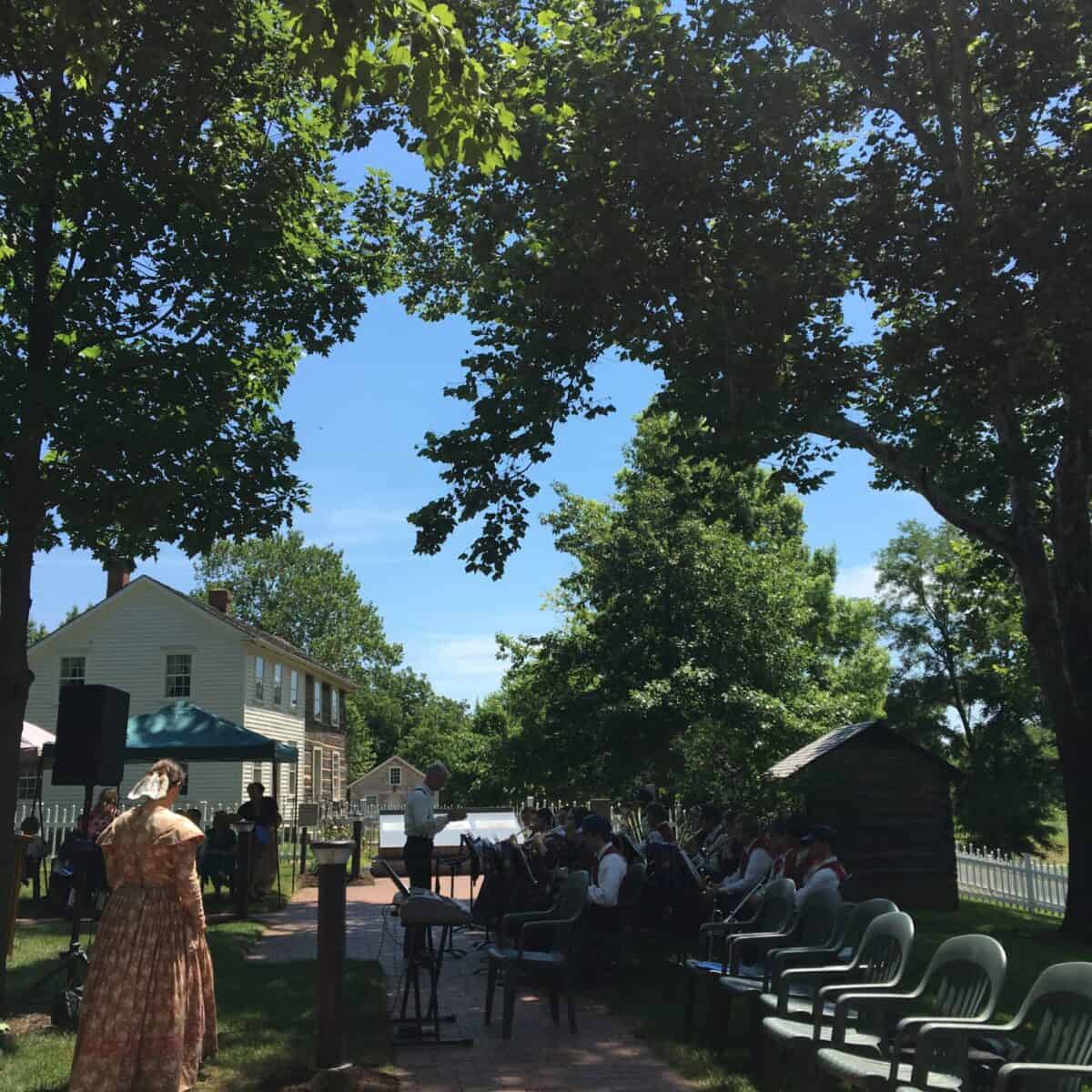
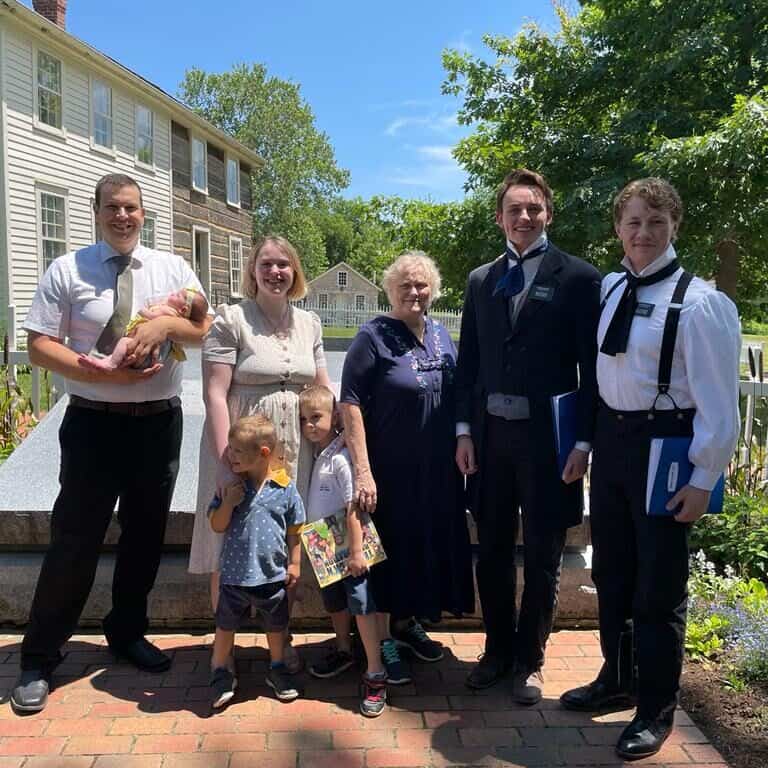
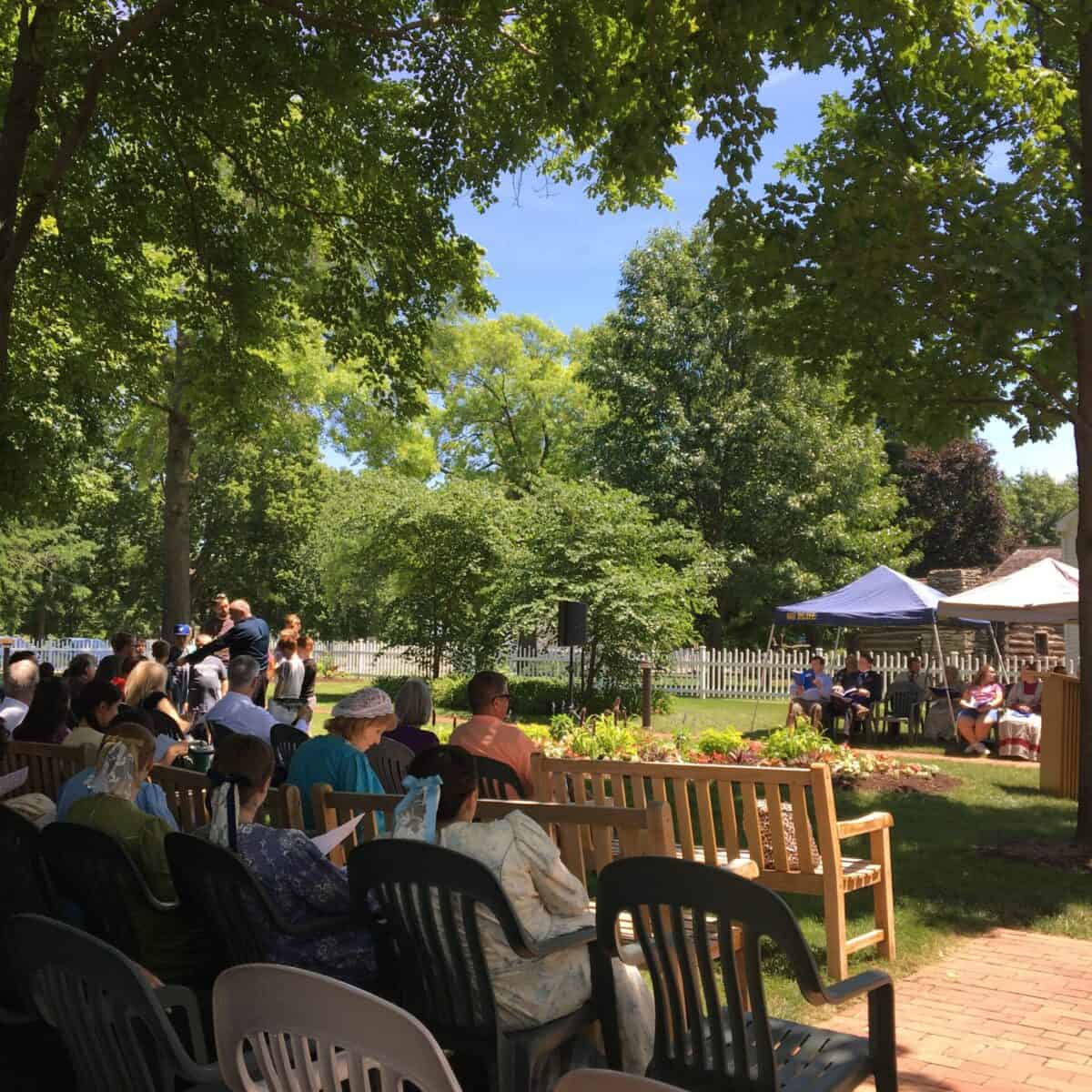
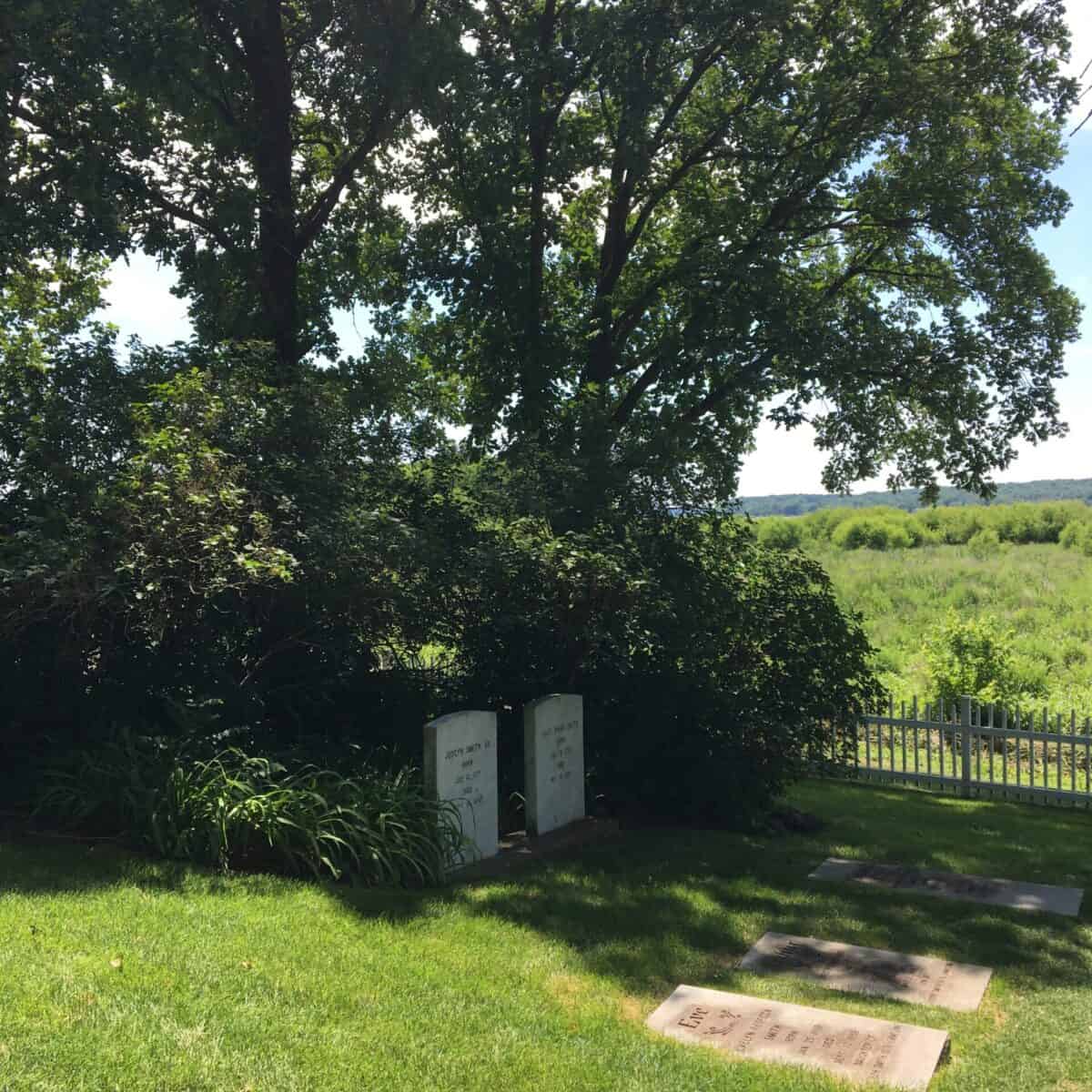
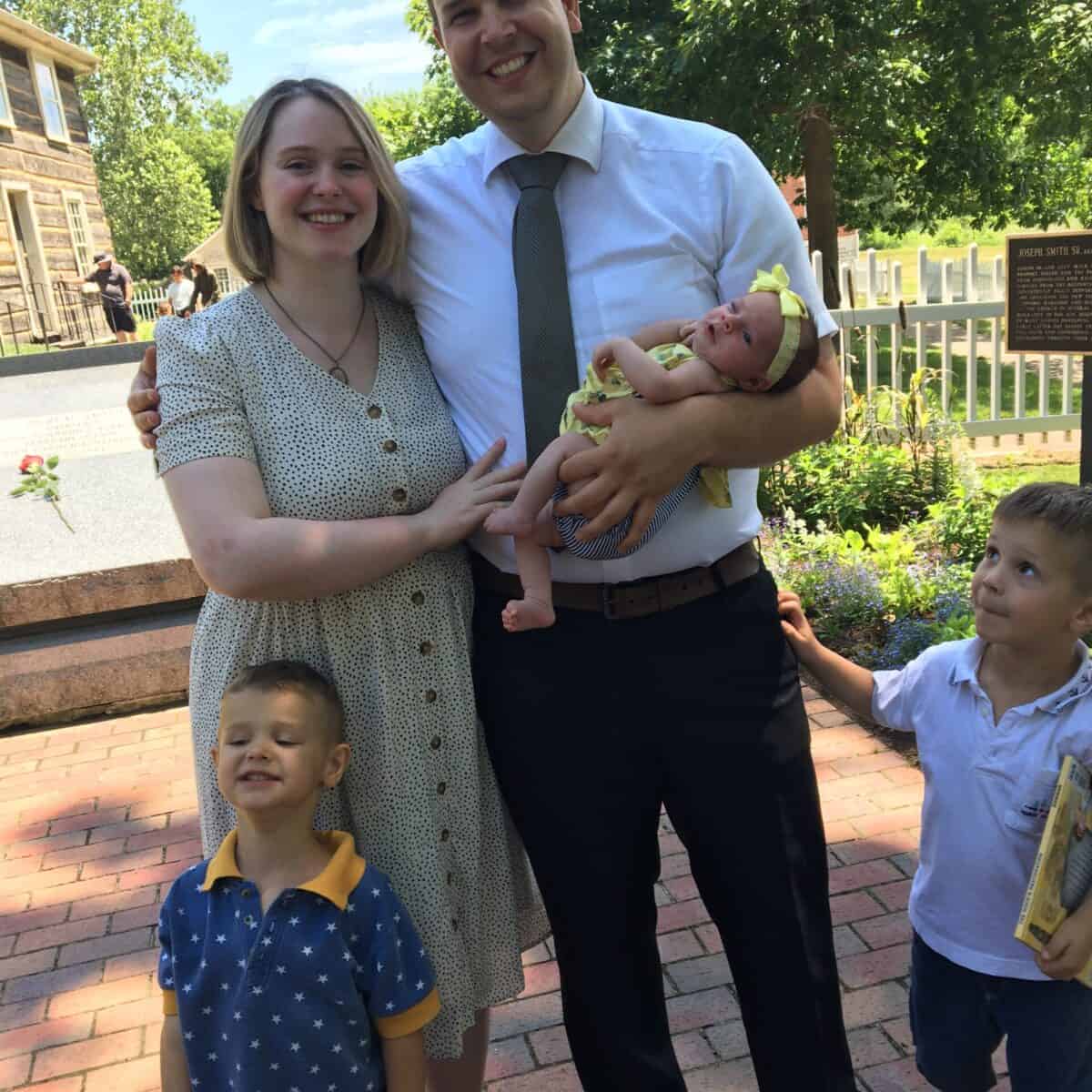
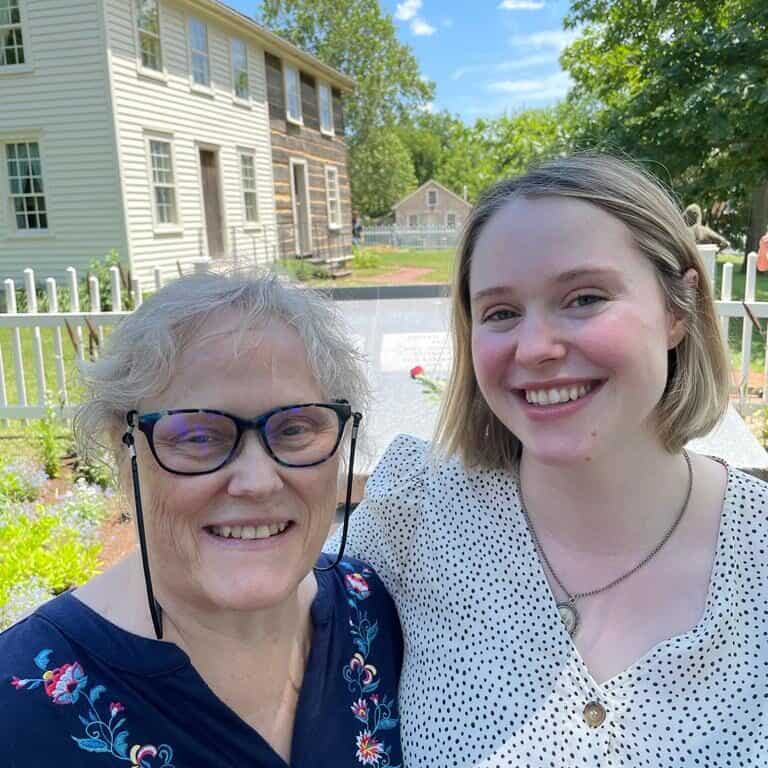



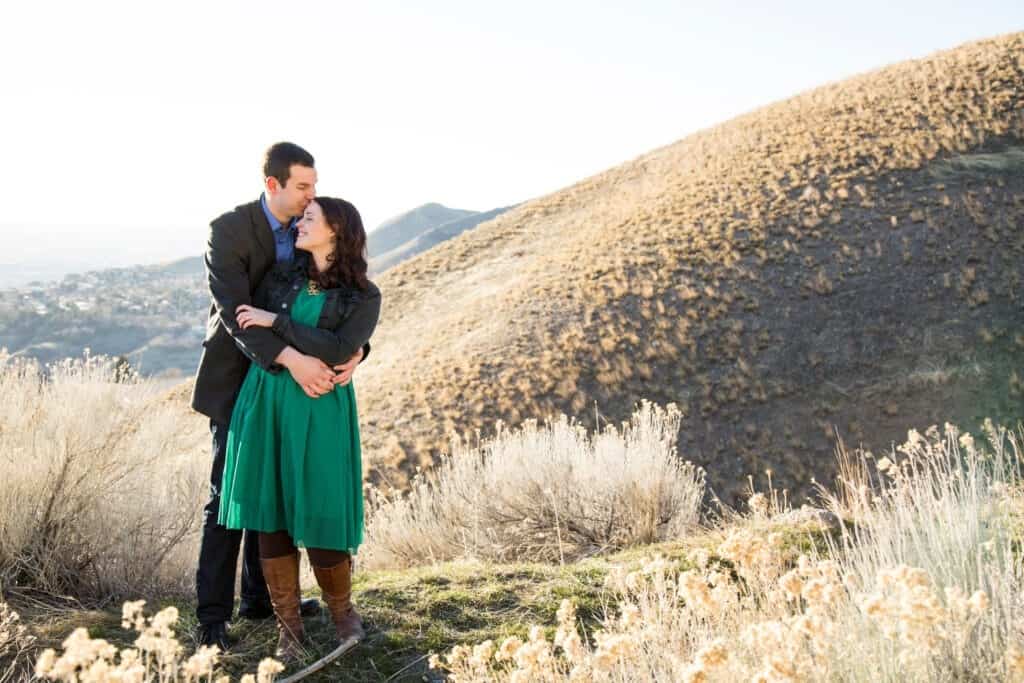
Some grief is deep and continues to fester. The only hope to get through it and hope for a better day is by looking to Jesus Christ. He understands, and perhaps He wants us do feel the pain so that we will understand the sacrifice He gave. He paid the price for all our grief, pain and misery. He need to give it to Him to carry. But, sometimes the grief is deep.